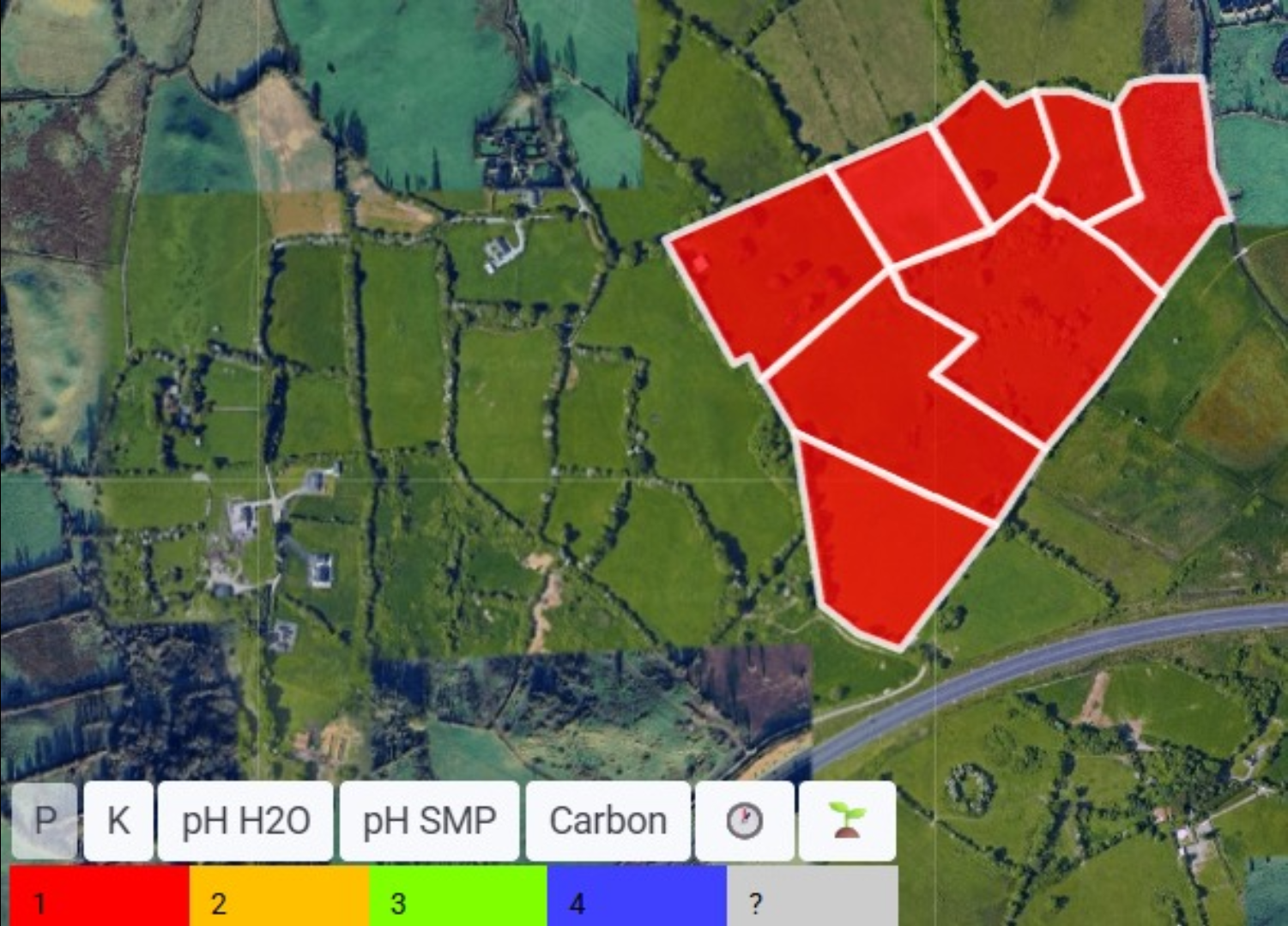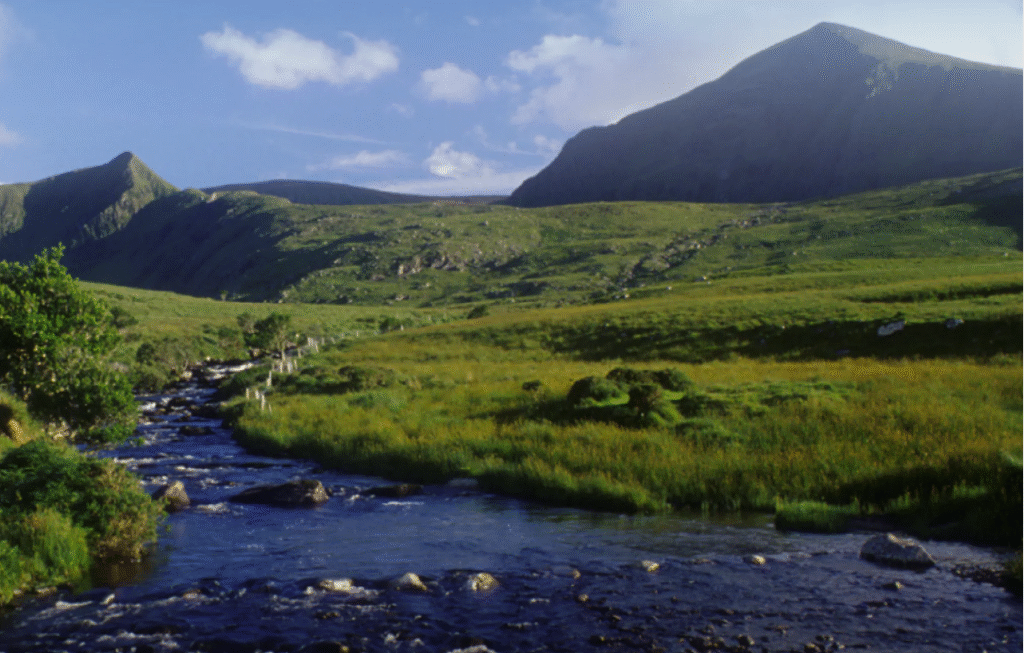It is easy to forget how precious Earth’s natural resources are. Earth is the only known planet with stable surface oceans, and water is essential for all life on Earth (though the Resurrection Plant (Selaginella lepidophylla) would surely give you a run for your money!). Although water covers 70% of Earth’s surface, <3% is freshwater, of which 1% is easily accessible.
Globally, we are facing a variety of issues centred around water quality and scarcity. In recent years, UK water quality has consistently hit the headlines for everything from sewage breaches to persistent ‘forever chemicals’. According to the Environment Agency, only 14% of English rivers meet the criteria for ‘good’ ecological status (as of 27/01/2025). Across England, Agriculture is a leading cause of water pollution, impacting 45% of water bodies. Other parts of the UK face similar issues; a water quality audit of Northern Ireland’s lakes and rivers found that, despite initiatives to improve water quality, less than ⅓ of Northern Ireland’s rivers had a ‘good ecological’ status. This represented no improvement since 2015. The audit found that 373 water quality incidents linked to agriculture occurred between 2017-2021; all of which, were deemed medium to high severity. Comparatively, more than twice as many rivers and lakes in the Republic of Ireland achieved ‘good’ or better ecological status.
Agricultural runoff from chemical inputs and livestock waste impacts both surface and groundwater stores. Unlike point sources of pollution (such as a wastewater effluent stream), agricultural runoff is diffuse, making it difficult to identify the source, and thus, difficult to control the pollution. This is where Senus comes in.
Senus’ product suite offers solutions across soil, water, nutrient, and habitat measurement – all key components for sustainable land management. A core area of focus is water quality measurement, which our clients use to ensure they are compliant with regulations such as the Water Framework Directive and River Basin Management Plans. By combining infield water sample collection with geospatial hydrography mapping and existing open-source datasets, Senus enables land managers to identify pollution sources, track runoff pathways, and make targeted interventions.
This process begins with an evaluation of a farm’s proximity to water bodies and designated conservation areas (e.g. – National Landscapes). Our comprehensive assessment process enables farms to pinpoint high-risk zones on their land. As seen in Figure 1, field nutrient concentrations differ across farms, and certain fields may require lower levels of chemical inputs. These targeted reductions not only reduce fertiliser costs but also minimise chemical runoff into nearby water bodies. This decreases the incidence of highly damaging environmental events, such as algal blooms and eutrophication.


Figure 1: Sample maps created to understand water quality.
An example of the clarity that Senus can provide once nutrient analysis has been performed. The farm in Figure 1 is in central Ireland and has had Nitrate, Phosphorus, and pH analysis conducted. PIP rankings and coverage have been calculated for each field. Both Nitrate and Phosphorous Critical Source Area (CSA) typically occur from a diffuse source of P on agricultural areas; the land can be susceptible to loss. ‘High’ PIP (Ranks 1, 2, or 3) typically occurs due to the presence of poorly draining soils and moderate to high livestock intensity. These areas will be at high risk for surrounding water bodies for nutrient leaching.
This data is exceptionally granular, with individual fields being assessed based on their level of risk. Our infield water samples can measure for both pollution and heavy metal analyses and are always sent to INAB accredited laboratories.
Downstream of farmers, FMCG companies can leverage this environmental data to gain a clearer understanding of how their agricultural supply chains affect local and regional water quality. By identifying high-risk areas and pollution hotspots linked to specific farming practices, FMCGs can assess their environmental footprint more accurately. This insight enables them to work collaboratively with producers to implement more sustainable practices, meet ESG targets, enhance brand credibility, and proactively address regulatory or reputational risks associated with water pollution.
You can’t manage what you don’t measure. Start your journey with Senus today!
Senus is ready to help your organisation assess and improve water quality through cutting-edge, scalable natural capital monitoring tools. Visit www.senus.com or contact our UK Business Development Manager, Imogen Turner, at imogen.turner@senus.com to find out more.
